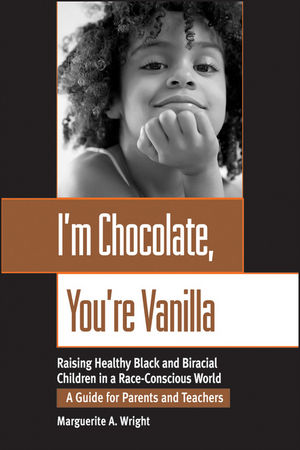Race Mixture in Nineteenth-Century U.S. and Spanish American Fictions: Gender, Culture, and Nation Building (review)Posted in Articles, Book/Video Reviews, Media Archive on 2012-09-07 23:42Z by Steven |
The Americas
Volume 62, Number 2, October 2005
pages 280-281
DOI: 10.1353/tam.2005.0157
Nancy E. Castro
University of Illinois, Urbana-Champaign
Race Mixture in Nineteenth-Century U.S. and Spanish American Fictions: Gender, Culture, and Nation Building. By Debra J. Rosenthal. Chapel Hill: University of North Carolina Press, 2004. Pp. x, 182. Notes. Bibliography. Index.
This study adds to the growing body of scholarship in transamerican studies that, as Rosenthal puts it, “rezones the hemisphere” (p. 1). Her specific contribution focuses on nineteenth-century U.S. and Spanish American narrative, specifically Andean and Cuban works. Its theme, like that of the 2002 critical anthology she co-edited with Monika Kaup, is race mixture or miscegenation, which Rosenthal deems “formative in the history of the Americas primarily in terms of cultural constitution, political organization, nation building, civil identity, and . . . literary expression” (Ibid.). “Racial hybridity,” she argues, “can be situated at the heart of the literature of the Americas” (Ibid.). In that literature, she explains, “mixed-race characters” “somaticize” novelistic dialogism by serving as corporeal sites where “competing discourses of race” meet (p. 11). Rosenthal rightly notes, as have others, “nowhere is the anxiety of miscegenation concentrated greater than in the female body” (Ibid.). Accordingly, women’s emplotment in scripts of cross-racial desire, marriage, and incest figures prominently in the book’s analyses.
The Introduction reviews the terms associated with hybridity in a New World context, explaining why, at the risk of anachronism and mis-translation, “miscegenation,” which implies both sexual union and social taboo, is most apropos for Rosenthal’s study. Chapter 1 reads representations of American Indians by Cooper, Child, Sedgwick, Jackson, and Twain alongside those in Mera’s Cumandá and Matto de Turner’s Aves sin nido, arguing that these authors “based [national] literary sovereignty on Indian-white racial mixing” (p. 18). This chapter brings the Andean literary movements of indianismo and indigenismo to bear on representational shifts in U.S. narratives of the 1820s and 1880s. The most compelling aspects of Rosenthal’s study emerge in this discussion: first, a keen attention to generic conventions and how their deformation or misrecognition adds new twists to authorial deployments of cross-racial themes, and second, an illuminating elucidation of incest motifs in literary mixed-race unions. The remaining chapters focus on black-white race mixture. Chapter 2 explores Whitman’s appropriation of temperance-novel conventions in Franklin Evans, which figures miscegenation as racial intemperance, “a dark blot on the U.S. character and a threat to a healthy U.S. C/constitution” (p. 68). Chapter 3 treats Cuban exile Gertrudis Gómez de Avellaneda’s distinctly feminist creole nationalism, apparent in her depiction of Sab, the mulatto namesake of her anti-slavery novel. Chapter 4 provides a lively discussion of Child’s manipulation of the discourse of botanical hybridity, the “language of flowers,” and the literary equation of women’s writing with flora to envision a mixed-race future for the nation in A Romance of the Republic. Finally, Chapter 5 illustrates how William Dean Howells’s generic realism runs aground on An Imperative Duty’s unwitting repetition of the “tragic mulatta” literary topos while contrasting it with Harper’s own appropriation of it in Iola Leroy.
Rosenthal’s book successfully highlights “kinships often difficult to identify when authors are classified exclusively according to national boundaries” (p. 143). Its refreshing juxtapositions render visible texts that are “culturally distinct but narratively analogous” (Ibid.), even if the examples are weighted on the U.S. side. Nonetheless, Rosenthal’s self-identified “appositional” method (p. 14, 21), which focuses on thematic and formal continuities, at times wants for historical contextualization. Rosenthal rightly asserts that “an understanding of race mixture’s impact on the hemisphere’s literary imagination is crucial” (p. 148), but such comprehension requires greater attention to period specifics than her book unevenly provides (Chapter 1 is strongest on this count). An acknowledgment, for instance, that Child’s romance is a Reconstruction text while Howells’s attempt at realism is decidedly a post-Reconstruction “nadir” artifact would have been relevant, as would some recognition that as the…
